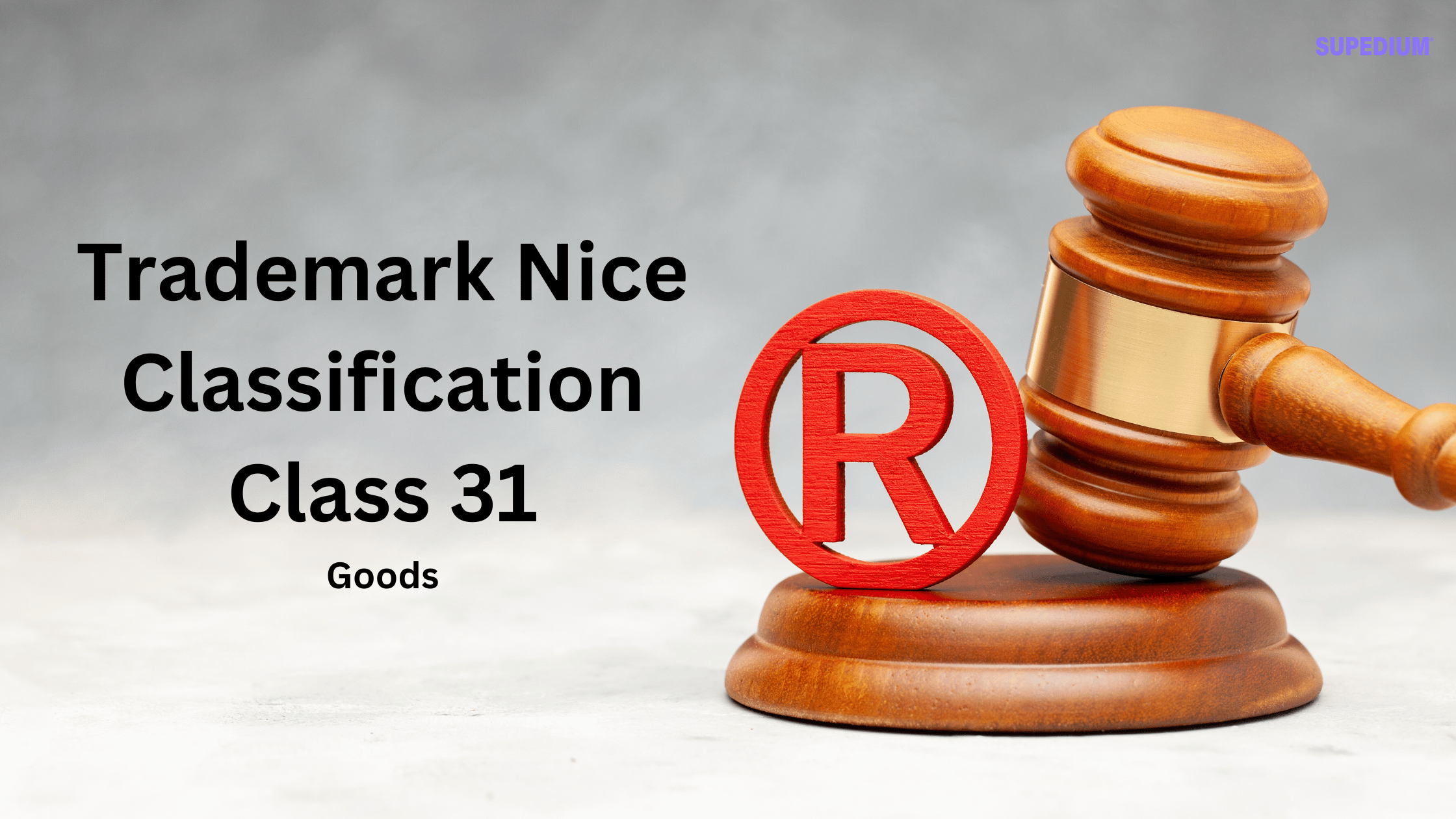Table of Contents
![]()
Aquariums are captivating windows into underwater ecosystems, but their success hinges on various factors, among which water circulation is paramount. This article explores the significance of a well-circulated aquarium, detailing its benefits, the factors that influence it, common issues arising from poor circulation, and best practices for maintenance.
Understanding Aquarium Circulation
What is Water Circulation?
Water circulation in an aquarium refers to the movement of water throughout the tank. This includes surface, mid-water, and bottom circulation, all of which play crucial roles in creating a healthy aquatic environment. Unlike natural bodies of water, where currents and waves constantly move water, aquariums require artificial means to ensure proper circulation.
Importance of Water Movement in Aquatic Ecosystems
Water movement is vital in both natural and artificial aquatic ecosystems. In nature, currents distribute nutrients, remove waste, and regulate temperatures. In an aquarium, effective circulation mimics these natural processes, fostering a balanced and thriving environment for fish and plants.
Benefits of Well-Circulated Aquariums
Oxygenation
One of the primary benefits of circulation is enhanced oxygenation. Water movement facilitates gas exchange, allowing oxygen to dissolve into the water while carbon dioxide escapes. This process is essential for the health of fish and other aquatic life, as they rely on dissolved oxygen for respiration.
Nutrient Distribution
Proper circulation ensures even distribution of nutrients throughout the tank. In planted aquariums, this is particularly important, as plants require a consistent flow of nutrients to grow and thrive. Furthermore, balanced circulation helps control algae growth by preventing stagnation, which can lead to algae blooms.
Waste Management
Well-circulated water aids in the removal of waste products, both organic and inorganic. As water moves through the aquarium, it transports debris towards the filtration system, where it can be effectively removed. This process is crucial for maintaining water quality and ensuring a healthy habitat for aquatic life.
Temperature Regulation
Effective circulation helps regulate water temperature by promoting even heat distribution. This is vital for maintaining a stable environment, as fluctuations in temperature can stress fish and disrupt biological processes in plants.
Factors Influencing Aquarium Circulation
Tank Size and Shape
The size and shape of an aquarium significantly impact water movement. Larger tanks may require more powerful filtration systems to ensure adequate circulation, while the shape can influence how water flows through the tank. For example, tall tanks may need adjustments to ensure water reaches all areas.
Equipment and Accessories
Various equipment types contribute to effective circulation:
- Filters: A high-quality filter not only cleans water but also creates movement.
- Pumps and Water Flow Devices: These can be adjusted to increase or decrease water movement as needed.
- Air Stones and Diffusers: These add oxygen to the water while enhancing circulation.
Aquascaping Considerations
The layout of an aquarium, including the placement of decorations and plants, can affect water flow. Strategic aquascaping can create pathways for water movement, preventing dead zones where debris can accumulate.
Common Issues Caused by Poor Circulation
Dead Zones
Dead zones are areas in the aquarium where water remains stagnant. These zones can lead to a build-up of harmful substances, resulting in poor water quality. Symptoms include fish lethargy and the presence of detritus.
Algae Growth
Stagnant water can encourage algae growth, leading to unsightly blooms and potentially harmful conditions for fish. Improved circulation can help mitigate algae by distributing nutrients and preventing overgrowth.
Fish Stress and Disease
Poor circulation can stress fish, making them more susceptible to disease. Signs of stress include erratic swimming patterns, gasping for air at the surface, and hiding behavior. Maintaining good water movement can reduce these risks and promote overall health.
Maintaining Proper Aquarium Circulation
Regular Maintenance and Monitoring
To ensure effective circulation, regular maintenance of equipment is essential. Cleaning filters, pumps, and other devices prevents clogs and ensures they operate efficiently. Monitoring water flow and quality helps identify issues early.
Adjusting Equipment Settings
Different species have varying needs when it comes to water movement. Adjusting flow rates based on tank inhabitants ensures that all species thrive. Using multiple sources of circulation can also create a more dynamic environment.
Observing Fish Behavior
Paying attention to fish behavior can provide insights into circulation effectiveness. For example, if fish congregate in certain areas, it may indicate stagnant water. Making adjustments based on observed behavior can help maintain a healthy environment.
Conclusion
A well-circulated aquarium is crucial for the health and longevity of aquatic life. From oxygenation to waste management, effective water movement plays an integral role in creating a thriving ecosystem. By understanding the factors that influence circulation and implementing best practices for maintenance, aquarium enthusiasts can ensure a vibrant and healthy aquatic environment.
Share This





Be the first to comment